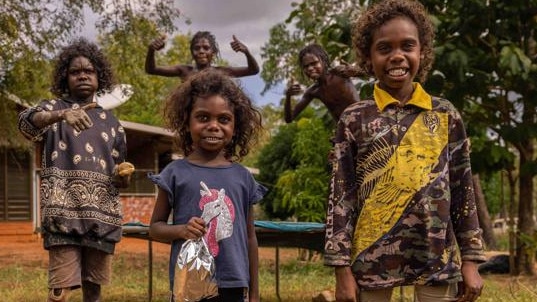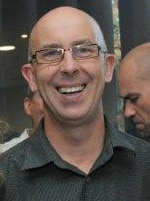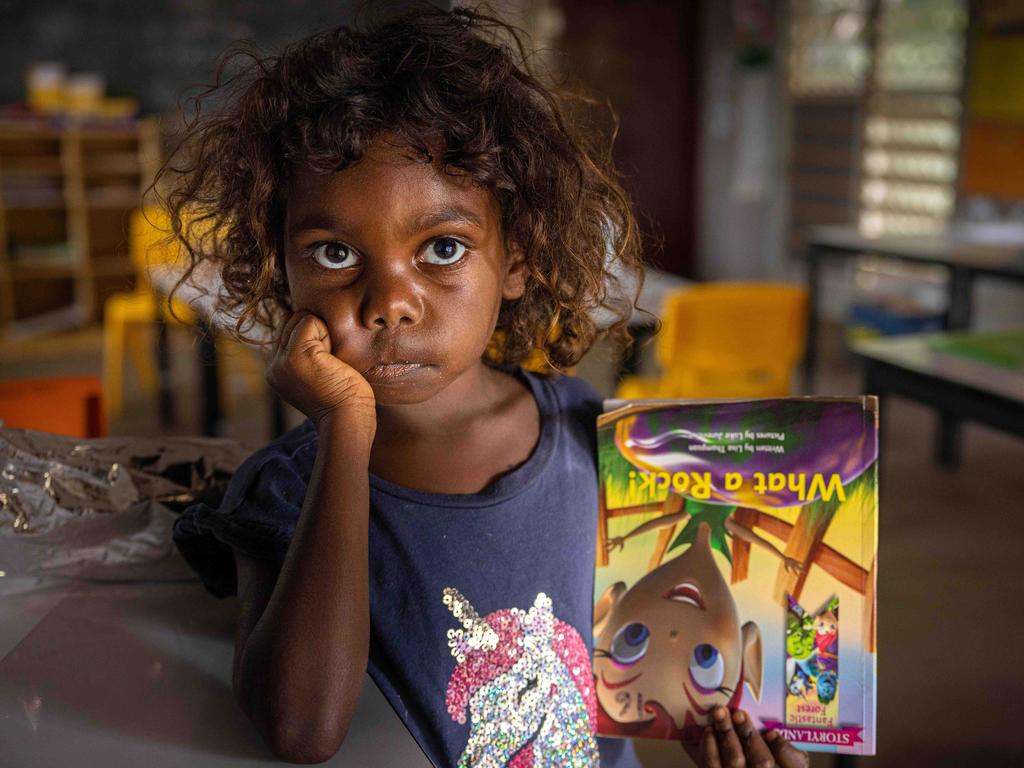Powerless, waterless learning hub – and their children – victims of technicality
Preschool student Leerica Pascoe attends a Homeland Learning Centre at Gamardi, where the power and water have been cut off for years.

Preschool student Leerica Pascoe is too young to remember working lights or fans in her classroom. The power and water have been cut off for years.
In this, her first year of education, Leerica didn’t see a qualified teacher until May 18, three months after the school year began. She and her classmates at Gamardi, a remote community about 11 hours’ drive from Darwin in central Arnhem Land, are the victims of a technicality.
They attend a Homeland Learning Centre, the name the Northern Territory government has given to 31 remote Indigenous education facilities that are considered classrooms attached to a public “hub school” in a bigger community.
There is no public record of HLC student numbers, teaching ratios, educational outcomes, facilities or funding. As a result, the children in these facilities bear the brunt of the NT’s $214.8m annual education funding shortfall.
Many HLCs are in states of disrepair, without electricity, water or internet. It is not uncommon for registered teachers to visit as infrequently as once or twice a week.

Gamardi traditional owner Dale Pascoe says this sort of thing wouldn’t be accepted in a big city.
“We should be equal,” he says. “It’s a bad thing, you know – it makes my mind, my heart, my soul go down.”
Mr Pascoe is one of many across the NT calling for the full-time education to which their children are entitled as part of Australia’s human rights obligations.
John Guenther, research leader for education and training with Batchelor Institute of Indigenous Tertiary Education, estimates 400 students are in HLCs.

“I think there’s good cause for people to be jumping up and down,” Professor Guenther said.
“If we want our young people to survive and thrive in the wider world, not just within their communities, it’s just ridiculous to think you could provide a decent education for two days a week in an HLC.”
Mr Pascoe says it’s important for his grandkids to grow up on country, learning how to fish, how to walk long distances and how to find bush tucker but they need to know the balanda (non-Indigenous) way, too.
Which is why his homeland has been asking government to provide full-time education for years.
“The government is telling us what to do but also, government should listen to us.”
The independent member for Mulka (East Arnhem), Yolngu man Yingiya Mark Guyula, says the lack of infrastructure in homelands had pushed many people into hub communities, with negative social consequences.




To join the conversation, please log in. Don't have an account? Register
Join the conversation, you are commenting as Logout